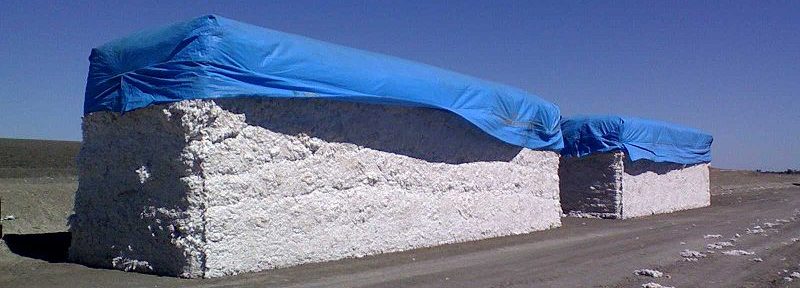Writing an Abstract-are common in educational writing
Summaries, once we understand, are typical in most types of writing, often showing up at the conclusion of the chapter or article, showcasing the point that is major of piece and outlining the significant details. But, authors utilize a number of other types of summary too. A chance to see if the report (or some section of the report) is relevant to him/her before reading much of it in business writing, for example, reports often begin with a summary, called an executive summary , allowing the reader. In educational writing, essays, articles, and reviews frequently start out with an overview too, called an abstract .
Abstracts are extremely typical in educational writing, and they’ve got a fairly standard kind. In essence, abstracts inform your reader of six items of details about the written piece being summarized:
- function
- What’s the writer’s cause for writing?
- What’s the writer’s primary concept?
- scope
- What’s the writer’s focus in this piece?
- Where does the author focus his/her attention?
- technique
- What types of proof does the writer offer?
- How can the writer you will need to convince your reader associated with credibility of his/her primary concept?
- outcomes
- Exactly what are the effects associated with the nagging issue or issue that the writer is speaking about?
- suggestions
- Exactly just exactly What solutions does the author present into the audience to resolve the issue or problem within the piece?
- Does the author recommend action or change in his/her piece?
- conclusions
- Does the author describe a ’cause and effect’ relationship or give an explanation for origins of the presssing problem or problem?
- Just just What conclusions does the author draw from his/her study of this presssing problem or issue?
bstracts aren’t very long no more than a paragraph. (then the abstract would be six sentences long if we wrote one sentence to capture each point above. Numerous authors realize that they can combine many of the sentences for the abstract as soon as the a few ideas are closely relevant.)
Whenever we compose abstracts, consider those six points above as “rhetorical moves” that people make, one at any given time, phrase by sentence. First, in a sentence that is single capture the writer’s function for composing that piece. Second, explain mcdougal’s focus. Every subject has quite a lot of interesting aspects to explore. Therefore writers make alternatives. In this sentence that is second explain which tips the writer decided to learn. The 3rd move is to spell it out the techniques utilized to review the subject. Does the writer usage statistics, instance studies, anecdotes, (laboratory) experiments, observation, etc.? Fourth, those ways of research shall produce some outcomes. In one single sentence, explain the writer’s outcomes. Those outcomes may lead the writer in order to make tips concerning the subject or the way of research. Into the 5th move, the 5th phrase, summarize those guidelines. Finally, the writer can make connections between this scholarly research, this work along with other a few ideas linked to this subject. Within the sixth move, final phrase, summarize the writer’s conclusions.
For the reason that conversation of creating an above that is abstract remember that the author of an abstract never ever asks whether s/he agrees using the writer, never mentions if s/he discovered this issue or even the content interesting, rather than introduces his/her own tips concerning the subject or even the way of research in to the abstract. The composer of the abstract should make note of most of these, in careful information, including evidence that is his/her those individual reactions. Likely, s/he will be able to make use of those responses later on, in his/her very own analysis of, or argument around, this issue. Abstracts enable a journalist in summary another’s ideas, very very very carefully, neutrally, and thoroughly. If done well, these summaries of other folks’s ideas about a subject will build appeal that is ethical the composer of the abstracts into the eyes regarding the visitors mostly a person’s teachers when it comes to undergraduate and graduate pupils. Therefore, even when the journalist has a stance that is contrarian the subject later on in his/her paper, the author will usually appear reasonable and truthful in his/her analysis and summary essayshark of other’s ideas and proposals. That alone is persuasive, along with appearing rigorous and principled in a person’s thinking.
A sample is had by me abstract summarizing a column by Roger Simon. (Simon is a syndicated newspaper columnist.) Within the example, We make an effort to illustrate the reasoning process i will be experiencing as We read and interpret Simon’s piece while We compose my abstract. If you’re willing to compose your abstracts, be sure to use the abstract checklist, rubric, and distribution pages for abstract 1, abstracts 2 through 4, abstracts 5 through 7, and abstracts 8 through 10.
By the method, while you read my sample abstracts, do note a couple of other features which can be typical whenever abstracting another’s work:
- constantly mention mcdougal’s title plus the name for the work at the beginning of the abstract, and
- constantly make reference to the writer utilizing the surname.









